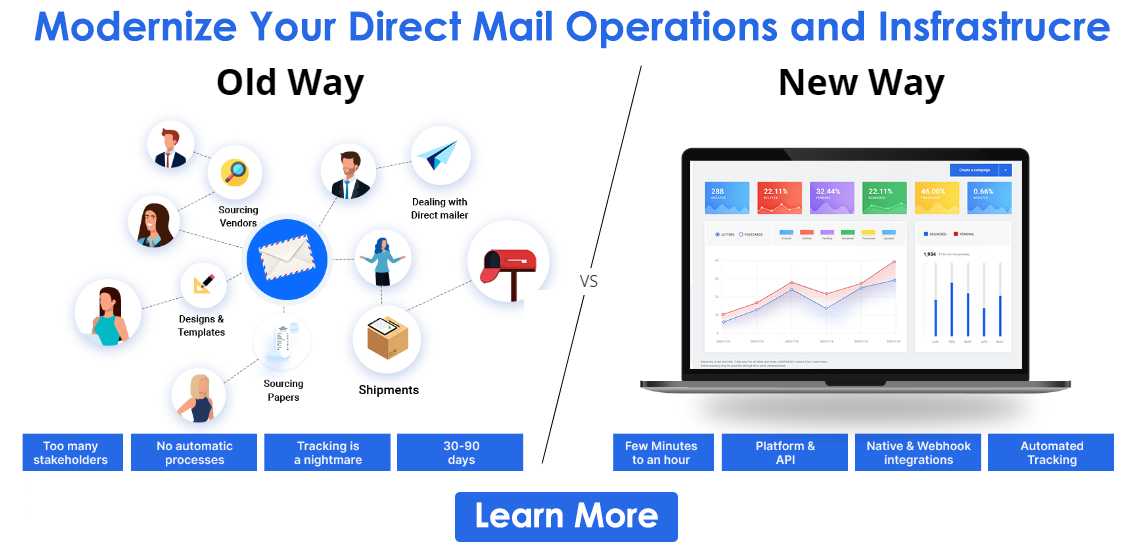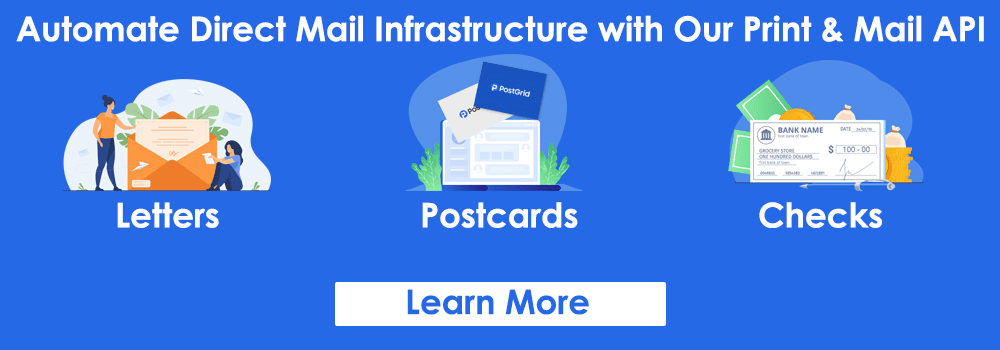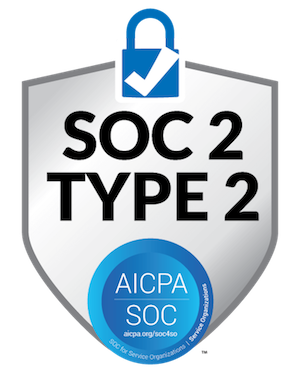
Digital Transaction Protection: How to Prevent Digital Check Fraud Risks
There is no doubt that digital transactions have revolutionized the process of sending money through checks. They have made it fast, scalable, and convenient.
There are, however, problems with this ease. The sophisticated scams have seen a sharp rise. Based on the 2025 AFP Payment Fraud Control and Survey Report, the payment method most likely to be affected by fraud is checks. It revealed that in 2024, 63 % of the respondents encountered it.
Other than monetary losses, it also impacts your relationship with customers. They start doubting whether you can secure their data or not. This is the reason why digital transaction protection protocols are needed. They ensure secure payment and protect your business and customers. This blog will address some of the common security risks associated with digital checks. You will also know about some of the best practices that will help you reinforce the security of the financial transactions.

Key Takeaways
- While digital checks are quick and convenient, they also attract cybercriminals. Businesses must implement stringent security protocols to prevent a scam.
- Data protection techniques such as encryption, tokenization, and multi-factor authentication create strong defenses against unauthorized access.
- Implementing a fraud detection algorithm and penetration testing can help identify and block security threats in real-time.
- PostGrid Check API ensures secure data processing. The built-in encryption, access control, and compliant processing allow you to generate digital checks with a peaceful mind.
Why is Digital Payment Security Important When Sending Digital Checks?
Increasing Customer Expectation for Trust and Transparency
Customers expect their payment data, such as check numbers, account numbers, signatures, and routing numbers, to be protected during the transaction process. According to a 2023 PwC Report, 87% of customers are willing to take their business elsewhere if they do not trust the company to protect their financial information. From backend operations, end-to-end encryption, TLS, and other security measures have now become cornerstones in building brand loyalty and customer retention.
Regulatory and Compliance Requirements
Regulatory bodies are enforcing mandatory guardrails to ensure businesses handle customers’ transaction data responsibly. Businesses must adhere to the guidelines established by HIPAA, GDPR, CCPA, GLBA, SOX, and other relevant regulations. Non-compliance not only leads to hefty fines, but it can also trigger class-action lawsuits and the revoking of licenses. Implementing a DSPM security framework also enables organizations to detect data risks early and maintain compliance with evolving privacy regulations. In some jurisdictions, they might even result in criminal charges. Additionally, regulatory bodies are now adopting name-and-shame tactics to enforce accountability. Public knowledge that your business cannot handle financial data securely can lead to a loss of customer trust.
Read More: HIPAA Compliance Checklist
Impact on Business Continuity
Cash flow is what keeps the business going. If the security of the digital payment system is compromised, you won’t be able to pay employees, suppliers, and other third parties. With a secure infrastructure, you can ensure timely and reliable payments. This will give you the financial stability necessary for business continuity. This is especially important for businesses dealing with high-volume transactions and recurring bills.
Common Security Risks Associated With Generating Digital Checks
Account Takeover
This happens when the cybercriminals gain unauthorized access to the check issuance platform or API interface. A lack of secure customer authentication, weak credentials, and inadequate access control will give them the freedom to log in and issue checks under the company’s name. They might change the payee information and redirect the funds to their account. This can lead to significant financial and reputational damage.
Delayed Fraud Detection
It can take days or even weeks to detect digital check fraud. Many businesses only identify the issue during account reconciliation. The lag is a result of a lack of continuous monitoring, real-time alerts, and centralized reporting dashboards. If you issue high-volume checks regularly, this can lead to undetected and huge financial losses.
Insecure Data Transmission and Storage
Digital checks and echecks move around multiple systems. This includes email servers, cloud storage platforms, accounting tools, and banks. If the transmission is not protected, it is easy for the fraudsters to intercept the sensitive information. Additionally, if you store checks on unsecured devices, you are exposing your organization to data breaches.
Check Fraud and Forgery
If your credentials are compromised, fraudsters may attempt to alter the check amount and payee name. They may even forge an electronic signature using editing tools and print and cash it. They might also submit them electronically to take advantage of systems that do not verify signatures or detect tampering. The digital nature of these checks makes it important to secure not just the payment process but also the file format and storage.

Best Practices to Ensure Digital Payment Security When Sending Digital Checks
End-to-End Encryption
This involves encrypting data at the point of origin and keeping it safe till it reaches the intended recipient. Confidential data is converted into unreadable text using cryptographic algorithms. No intermediary or hacker can intercept the information while it is in transit or at rest. Even if the hacker breaches the server or database, they won’t be able to read the details without the encryption key.
You can further enhance security by adding dynamic encryption keys. They have a limited lifespan, and they change frequently. Even if the keys get compromised, the hacker won’t be able to decipher the data.
Compliance With Payment Card Industry Data Security Standards
It is a globally recognized set of security requirements. This ensures that companies handling processing, storing, and transmitting customers’ payment information do so in a secure environment. It mandates encryption to prevent interception of sensitive information. It also requires the implementation of Role-Based Access Control (RBAC). This ensures only authorized people can change confidential information on the digital checks. Moreover, it also requires using a strong and unique user ID and a strong password. This is necessary to prevent security breaches due to compromised credentials.
Dedicated Secure Servers
A shared server environment can lead to the leakage of private data across tenants using the same infrastructure. A dedicated server will secure the information by isolating it from other tenants. It also offers the control necessary to implement and meet strict compliance requirements, such as HIPAA and PCI DSS. This will prevent your business from data breaches and non-compliance-related fines.
Multi-Factor Authentication (MFA)
This requires users to verify their identity using two or more distinct forms of authentication before granting access to the system. Typically, it includes a password and then a code sent to the email or mobile number. It adds an extra layer of security. Even if the attacker gains access to the password, they won’t be able to access the system without a second or third factor. This will prevent both insider and outside threats, as only verified individuals will be able to issue and approve check payments.
Quarterly Security Audits
Cybersecurity threats are constantly evolving. You must conduct in-depth evaluations of the check issuance system, policies, and infrastructure to identify and fix any vulnerabilities. If the security flaws in your server or software go unchecked, criminals can take advantage of them. This includes outdated encryptions, misconfigured servers, or insecure third-party integration. Additionally, periodic audits will give you the opportunity to prepare for new risks such as phishing scams.
Fraud Detection Algorithm System in Payment Gateway
It is a specialized system that uses machine learning and rules to identify suspicious and unauthorized transactions in real-time automatically. It will continuously monitor the checks as you generate them. It will learn the normal behavior of the issuance process in the organization. In case of deviation, such as sending a large check to an unauthorized account or logging from an unverified IP address, it will trigger an alert or block the transaction instantly.
It can detect duplicate check numbers, forged signatures, and unusual sequences. This will help prevent forgery that a manual review might overlook. Additionally, this system evolves, which will protect the system from new fraud patterns.
Tokenisation of Customer Information
This involves protecting sensitive information by replacing it with a non-sensitive placeholder, like a token. It has no value, and in case someone steals it, there is no security risk. The real data is stored securely in a token vault. This adds a layer of protection when generating a digital check. Even if a breach takes place, the customer information will remain safe.
Aside from eliminating the possibility of exposure of information, it also protects the data at rest and in motion. When the data is stored in a database or transmitted over an API, only the token is used and not the customer’s actual information.
Digital Signature
This uses public key infrastructure to link the sender’s identity with the sent document. When you generate digital checks, these signatures will act as your virtual fingerprint. It will confirm that the document was issued by a legitimate sender and not altered in transit. Any alterations to the content during transmission will invalidate the signature. This tamper-evident property preserves the integrity of the document and immediately detects fraudulent modifications.
Additionally, they bind the signer to the transaction, making it legally enforceable and non-repudiable. This leaves no room for the sender to deny having signed or sent the document. This reduces the possibility of disputes and fraudulent denials.
Penetration Testing
This technique simulates real-world attacks to uncover vulnerabilities before any cybercriminal can attack the system. It will verify whether the security measures, like encryption and tokenization, are properly configured. Moreover, businesses typically use APIs to generate digital checks and echecks. This testing evaluates whether those APIs are secure.
Additionally, industry standards such as PCI DSS and HIPAA require regular penetration testing to ensure security. Conducting them will help you stay compliant and demonstrate your ability to maintain a secure check issuance environment.
Zero Trust Architecture
Traditional security measures assume that once a person is inside the network, they can trust them for the entire process. ZTA works on the ” never trust, always verify” principle. It verifies the identity of the user and device at every step of the check generation process. Take, for instance, a finance team member who wants to create a digital check. They must go through MFA, device verification, and contextual analysis, including location verification, before they can issue or approve the document.
Incident Response Plan for Breaches
This involves creating a structured and predefined set of procedures to help an organization detect, respond to, contain, and recover from security incidents. Your team can quickly identify the anomalies and isolate the affected system before the damage spreads. An immediate action, such as suspending check issuance or deactivating compromised accounts, can help reduce the risk of sending fraudulent documents or exposing sensitive data.

Get Best-in-Class Security With PostGrid Check API
It can be an overwhelming and costly affair to build and maintain a check issuance system that has the aforementioned security features. This is why you should let PostGrid Check API take care of it. We generate these pieces in a highly secure environment. Your customer’s sensitive information will be encrypted in transit and at rest. Additionally, with us, you can enforce role-based access control and allow only certain team members to create them. To create and send a secure digital check or echeck with us, talk to our sales team today.









